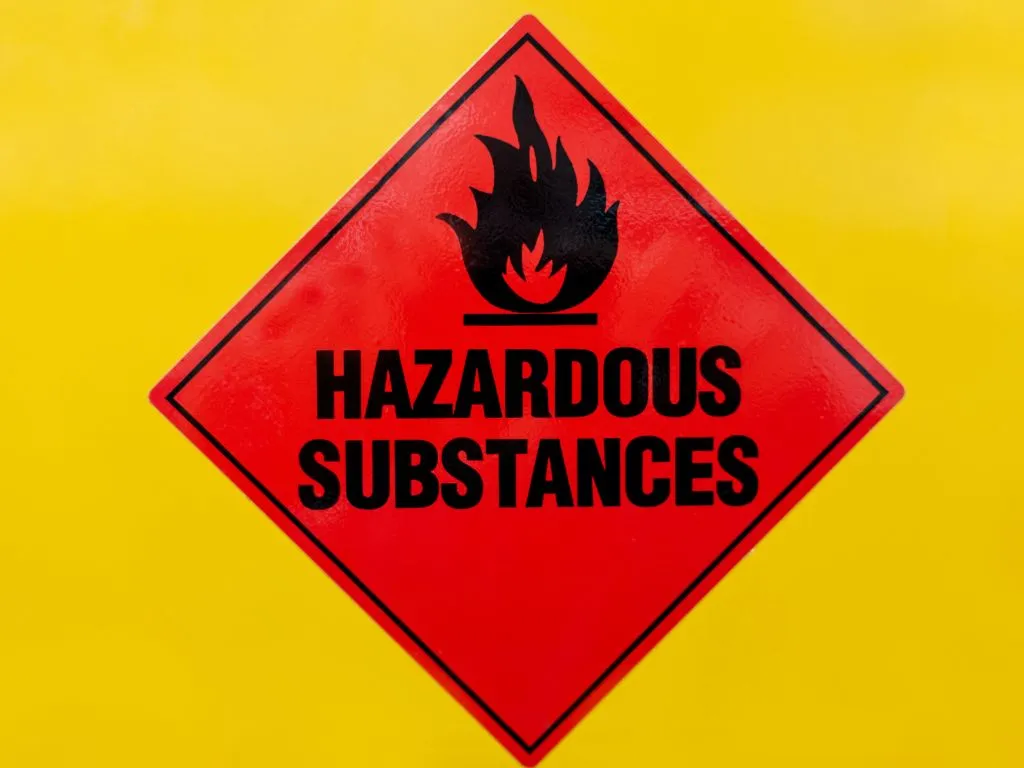- Home
- News Details
News Details

California Update on SB 682: New Regulations on PFAS in Consumer Products
2025-05-12 Reference source : LegiScan
Ingredient transparency / disclosure PFAS Regulation Enforcement Public Health Per and Polyfluoroalkyl Substances
Introduced in the 2025–2026 legislative session, California Senate Bill 682 (SB 682) aims to address environmental and public health concerns associated with perfluoroalkyl and polyfluoroalkyl substances (PFAS). These substances are often referred to as "forever chemicals" due to their persistence in the environment and human body.
Key Highlights of SB 682:
-
Timeline for PFAS Restrictions:
-
January 1, 2027: Prohibition on distributing, selling, or offering for sale covered products containing intentionally added PFAS. There are exceptions for previously used products and instances where federal law preempts state regulation.
-
January 1, 2033: Broader restrictions on additional PFAS-containing products, unless deemed unavoidable by the Department of Toxic Substances Control (DTSC).
-
January 1, 2040: Further prohibitions on specific products, including refrigerants and solvents, unless exempted.
-
Definition of Covered Products:
The bill defines "covered products" to include a range of items such as cleaning products, cookware, dental floss, juvenile products, food packaging, and ski wax.
-
Regulatory Framework:
The Department of Toxic Substances Control (DTSC) must adopt regulations by January 1, 2027, to enforce these provisions. This includes establishing application fees. Once the regulations are in place, it will be illegal to distribute, sell, or offer for sale non-exempt products that contain more than allowed levels of PFAS.
-
Compliance and Enforcement:
Manufacturers will need to register with the DTSC and certify their compliance with PFAS prohibitions. The department will have the authority to test products, issue violations, and impose penalties for non-compliance.
-
Transparency and Public Access:
The DTSC will maintain a publicly available list of products deemed to have a currently unavoidable use of PFAS. This ensures transparency and enables consumers and businesses alike to make informed decisions.
What This Means for You:
As a business owner or stakeholder in the consumer products industry, it’s crucial to stay informed about these upcoming changes. Compliance with these regulations will not only be necessary to avoid penalties but also to align with growing consumer demand for PFAS-free and environmentally safer products.
Next Steps:
-
Review Your Products: Assess your current product lines for PFAS content and begin planning for compliance with the new regulations.
-
Stay Informed: Keep an eye on updates from the DTSC regarding the development of the regulations and the compliance application process.
-
Engage with Stakeholders: Consider discussing these changes with your supply chain partners to ensure a smooth transition and compliance strategy.
We acknowledge that the above information has been compiled from LegiScan.
Global Product Compliance (GPC) specializes in Global Regulatory Compliance Solutions across sectors
globally. SSS Europe, a familiar name in chemical regulatory and compliance services now formally belongs
under the umbrella of GPC Holding Sweden.
Since 2008, we have emerged as one of the leading names among Global Regulatory Compliance Service
Providers with Representation services in Europe, Asia and Middle East for respective chemical
regulations.

 Twitter
Twitter
